
“I am interested in using natural materials such as stone and wood, seeking a realism that excludes artificiality and embraces natural beauty. Nature is tremendously tenacious and powerful, and humans cannot hope to conquer it. While seemingly opposite materials, wood and stone are the conceptual foundation of my work, for they each accomplish different things and have complimentary structural and gestural qualities; one is mild and soft, the other cold and rough.”
Byung Hoon Choi
The fundamental values of harmony, nature, stillness, and silence are captured in the sculptural furniture designed and crafted by South Korean master craftsman Byung Hoon Choi (b. 1952). His tools are made of raw, untouched natural materials in their original form, marked by the cycles of nature, celebrating the beauty of nature and reflectuing its soul. To Choi, these materials represent his spiritual connection to nature while evoking its thematic qualities. His interventions, the unique expression of his own hand and mind as an artist, and his quest to imbue his objects with Korean cultural heritage and the fundamental principles of the universe as perceived by Zen Buddhist and Taoist philosophies form the core of his oeuvre. His new solo show, Voice of Silence, opened last week at Friedman Benda, clearly summarizes these principles. I met with Choi just hours before its opening.
Choi is an intellectual and a world traveler with a passion for exploring history, culture, and the arts. His journeys have taken him deep into the cultures of the past and present around the globe. While his inspiration comes from Mayan, Incan, African, and Indian cultures, at the core is his own Korean cultural heritage. In fact, his furniture pieces themselves teach us much about the Korean emphasis on the interconnectedness of nature and the importance of harmony and balance, stiumlating you to make a trip to South Korea. Choi’s work is just like the Moon Jar—the traditional Korean white porcelain made of two hemispherical halves, thriving for perfection but unable to achieve it, merging spiritualy and aesthetics.
His pieces are not only made in natural materials—primarily stone, basalt, and wood—but also come to reconstruct nature in a holistic way that brings a representation of nature itself into the interior space. “The materials I use,” Choi told me, “whether it’s the cool hardness of basalt or the warmth of wood, each carries its own history and energy.” Contrasts play a key role in his philosophy and how he finds harmony in oppositions that allows him to enhance the beauty of the natural forms and to create an energy in every piece. Five pieces are presented in the show: three benches in basalt and two cabinets in wood and stone. The benches are carved out of enormous columns of black basalt, of an ancient of volcanic origin found in rom Indonesia, where Choi strikes a balance between the ancient, weathered surface and the polished areas, revealing its deep, shiny black color. Balancing contractions and related them to time and space, is central to all of his pieces, serving as a tool to achieve timelessness.
The two double-sided book cabinets, inspired by a classical scholar ethos, are being shown outside of Korea for the first time. The grains of the blackened wood represent the iconic mountains of South Korea, while the design is rooted in the power of contrasts. They look as if they grow out of the rockes, in the wild nature, or in a stone garden, while testifying to nature’s resilience. He strikes a balance between the soul of his materials and his own hand, between the vertical and the horizonal, and between the minimalist, unadorned forms of the cabinets and the richness, almost baroque-like natural shape of the rocks used for the base and elsewhere, bringing these pieces to life. Looking like sculptures in the all-white minimalist space, these cabinets are not simply storage pieces, but pieces of reflection. I only wish that they were shown with books in them.
If you think of contemporary Korean design as playful, maximalist, and whimsical, with the use of synthetic materials such as colorful Plexiglas and resin as we see in galleries in recent years, then Choi’s furniture brings entirely different narratives and aesthetic sensibility. As a professor for furniture design at the College of Fine Arts at Hongik University in Seoul—where he educated generations of furniture designers—he has always encouraged students to use new materials of the zeitgeist. Yet, Choi’s elegant pieces, beautiful beyond words, remind us that the beauty of nature in its most rustic form is unparalleled, and is the best source of inspiration for art and the spirit.
The exhibtion ‘Byung Hoon Choi: Voice of Silence,‘ will be on view at Friedman Benda through May 23rd, 2025. Photos: courtesy of Friedman Benda and Byung Hoon Choi; photography by Izzy Leung; B&W Photography by Bae Bien-U.
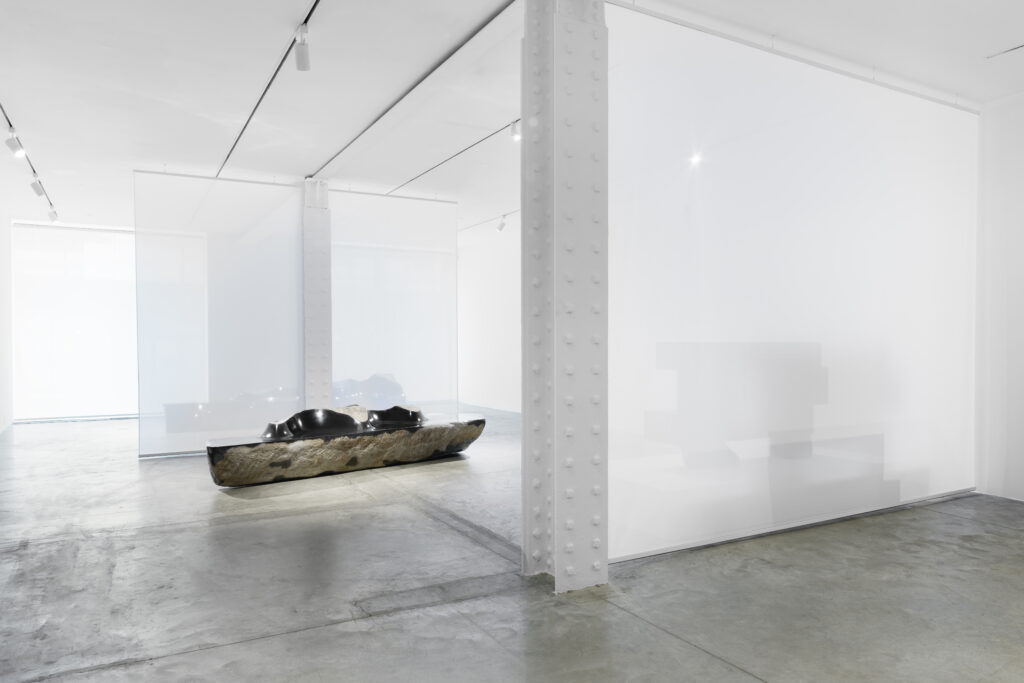


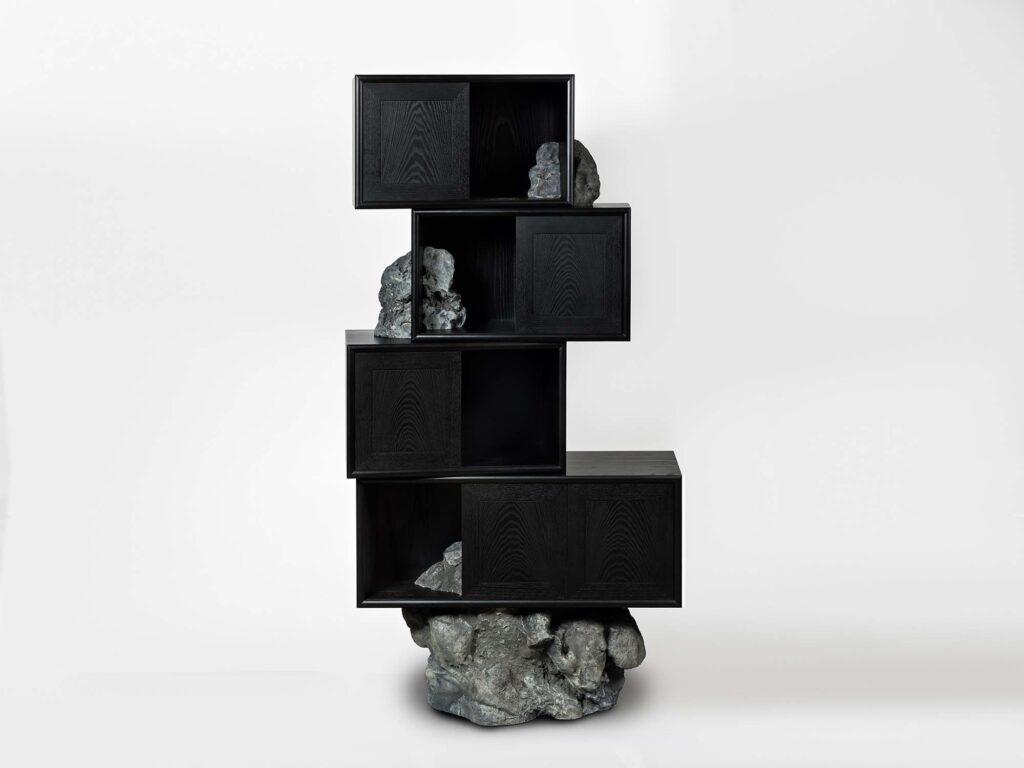
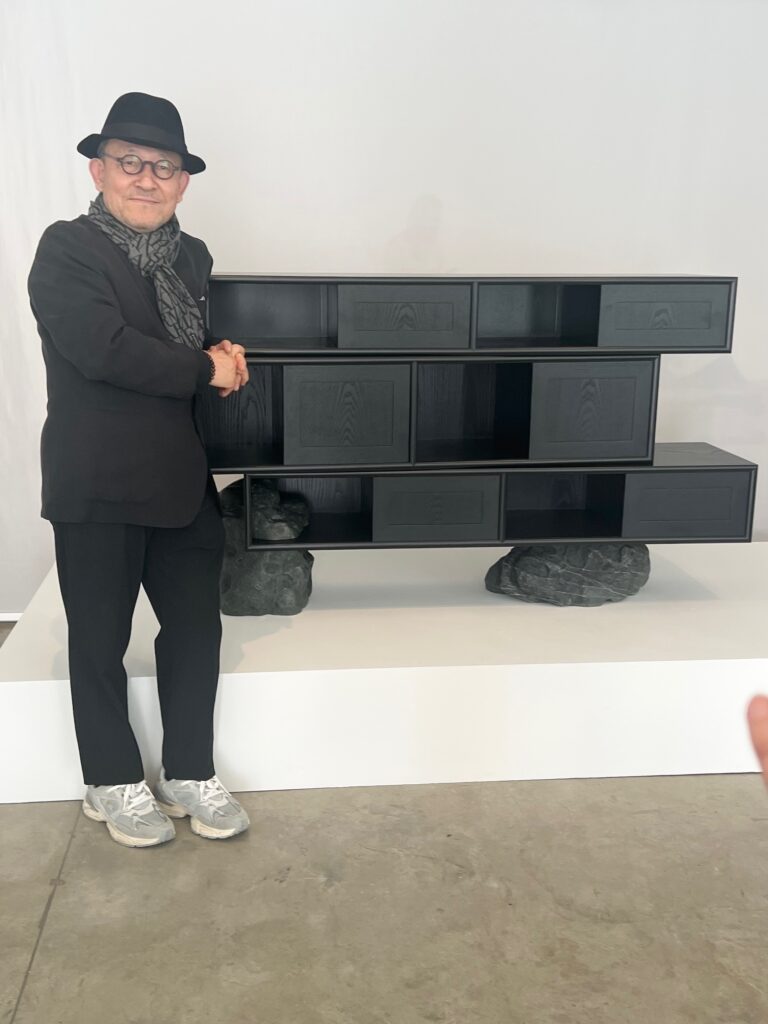
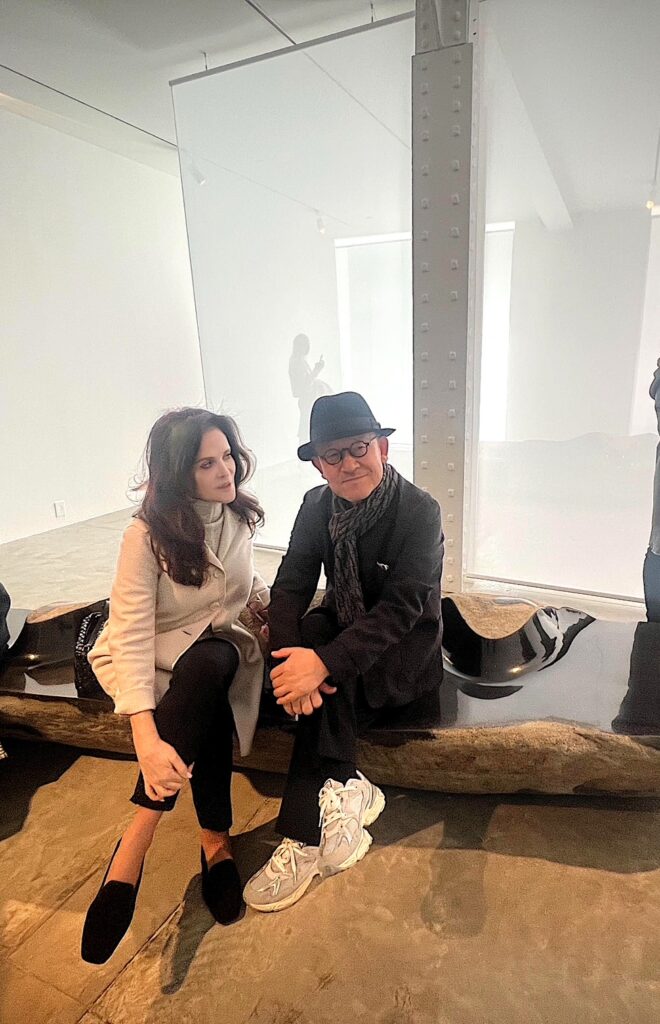
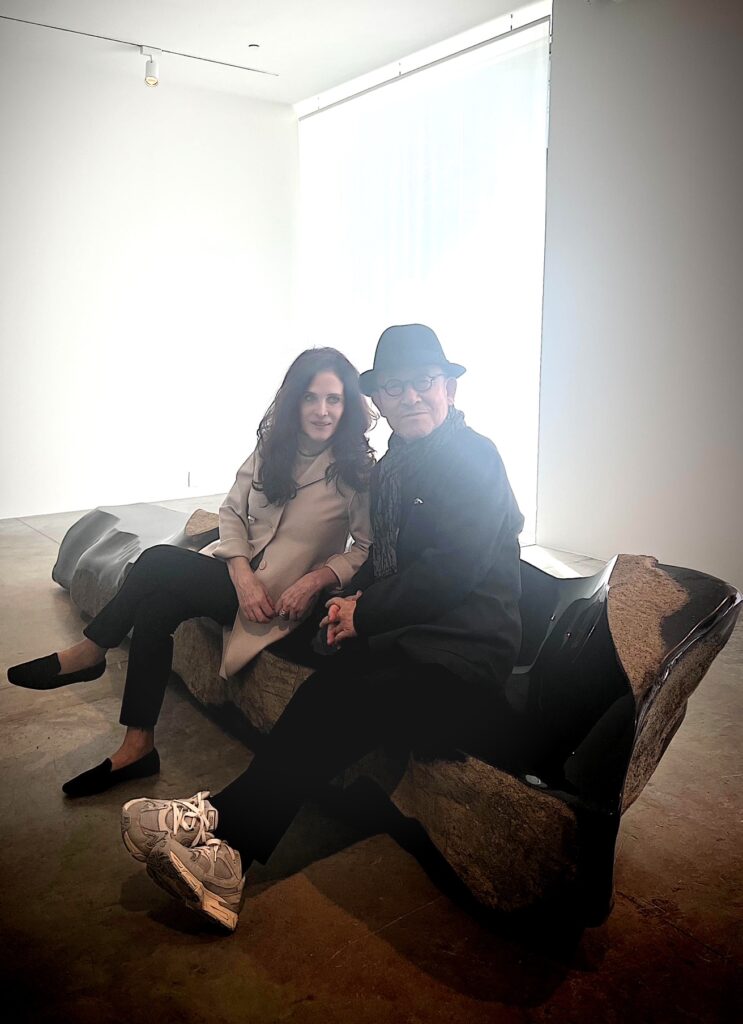





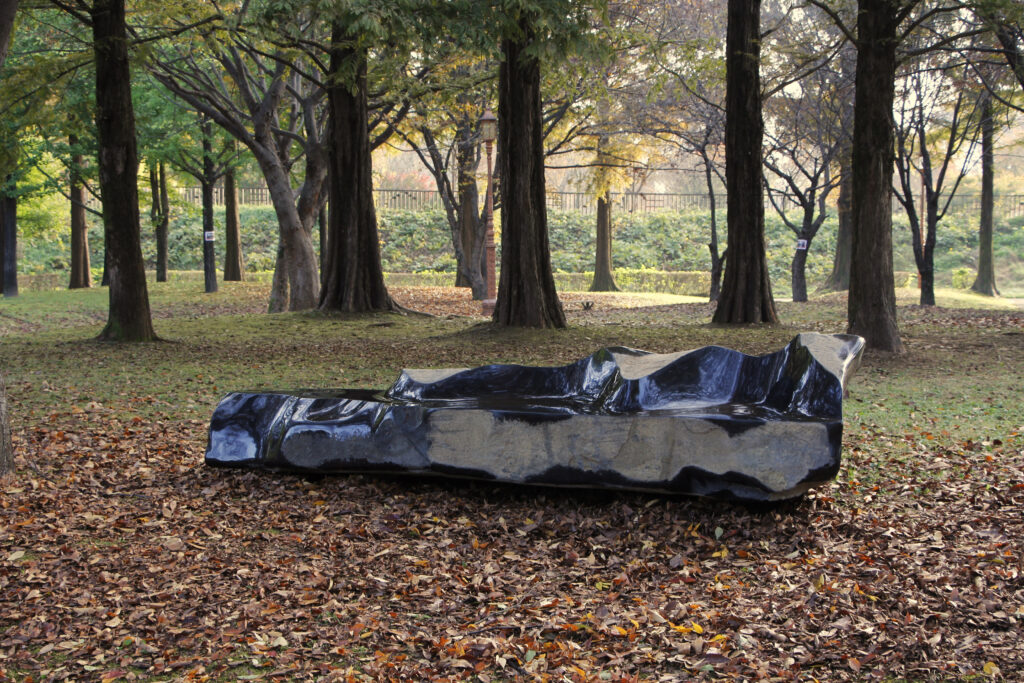
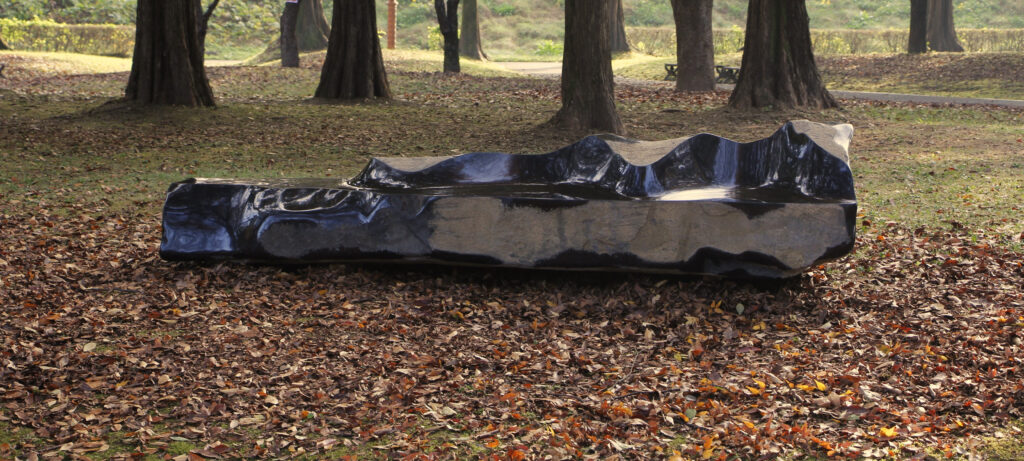
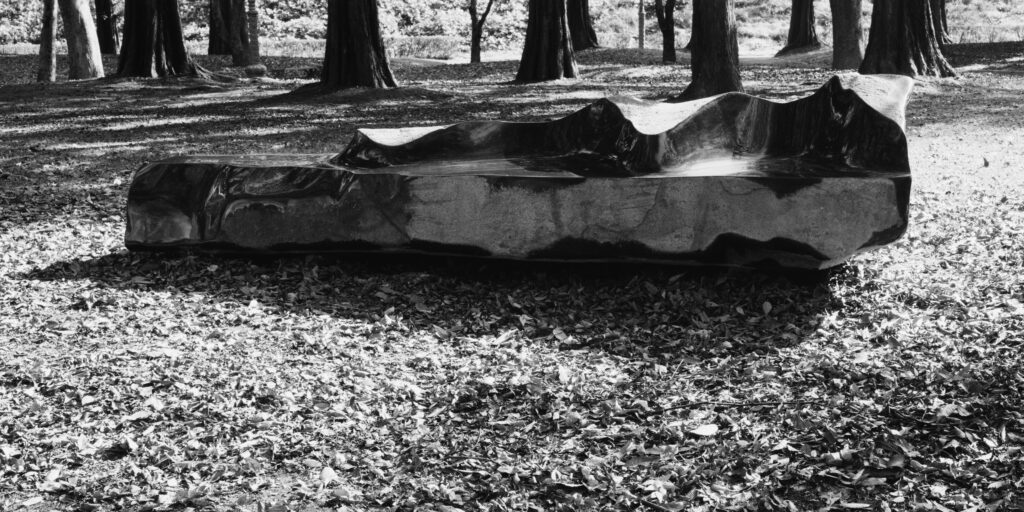
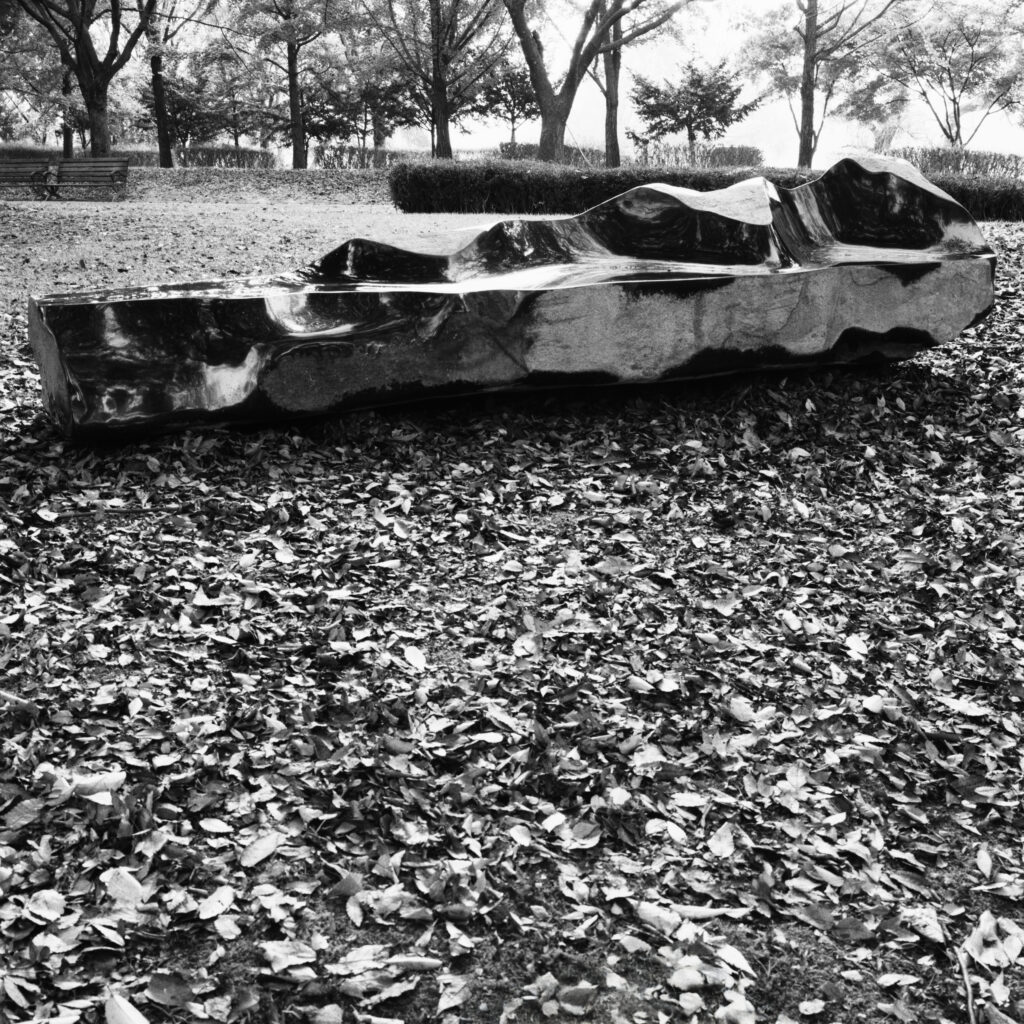
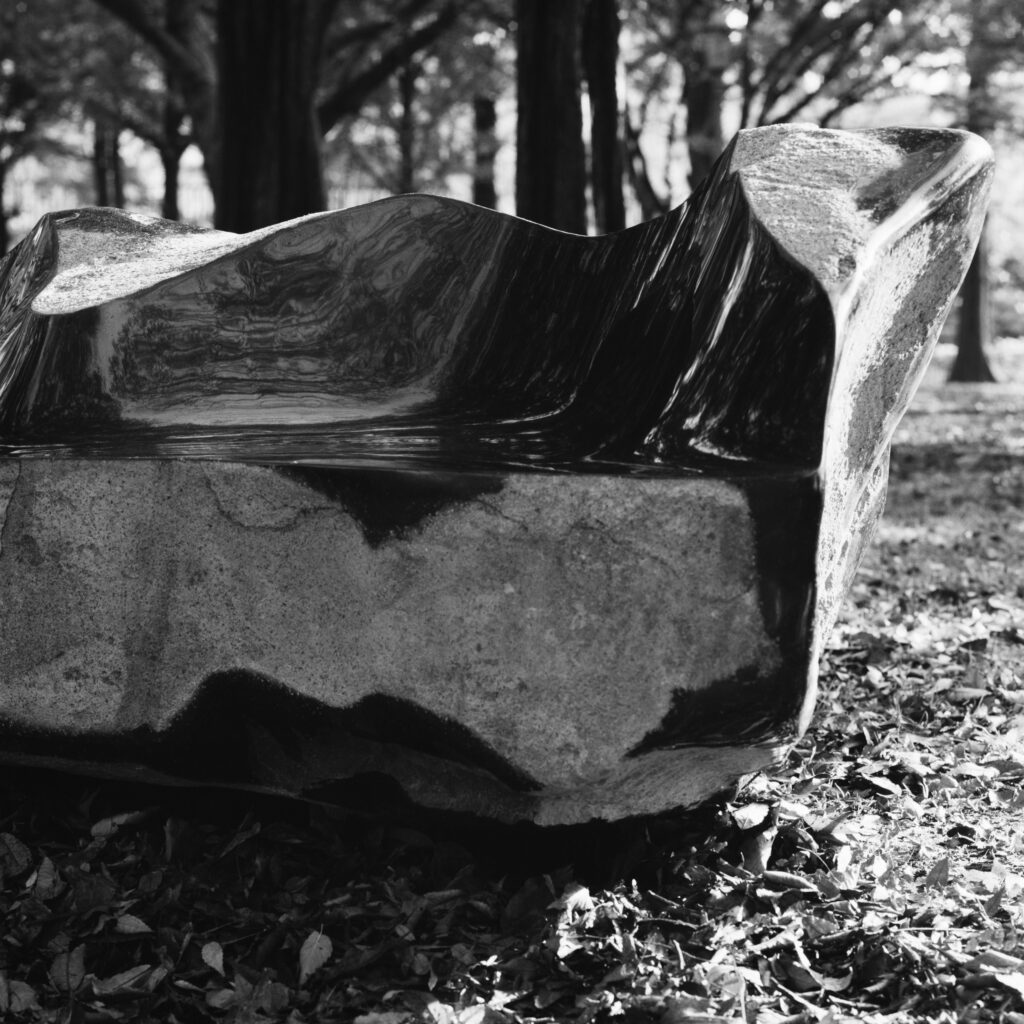
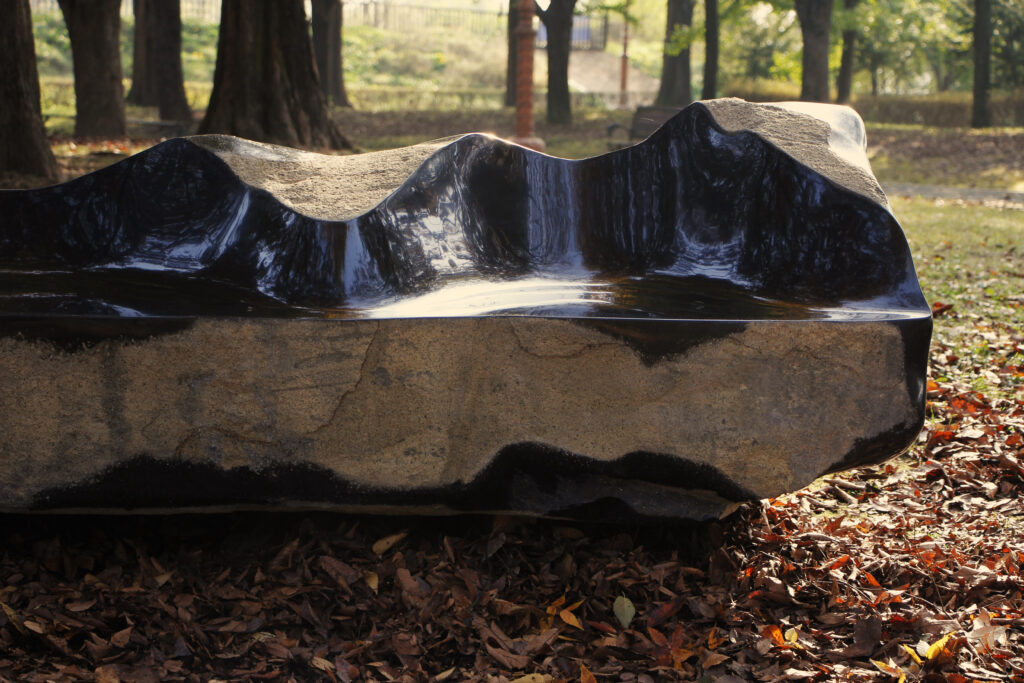
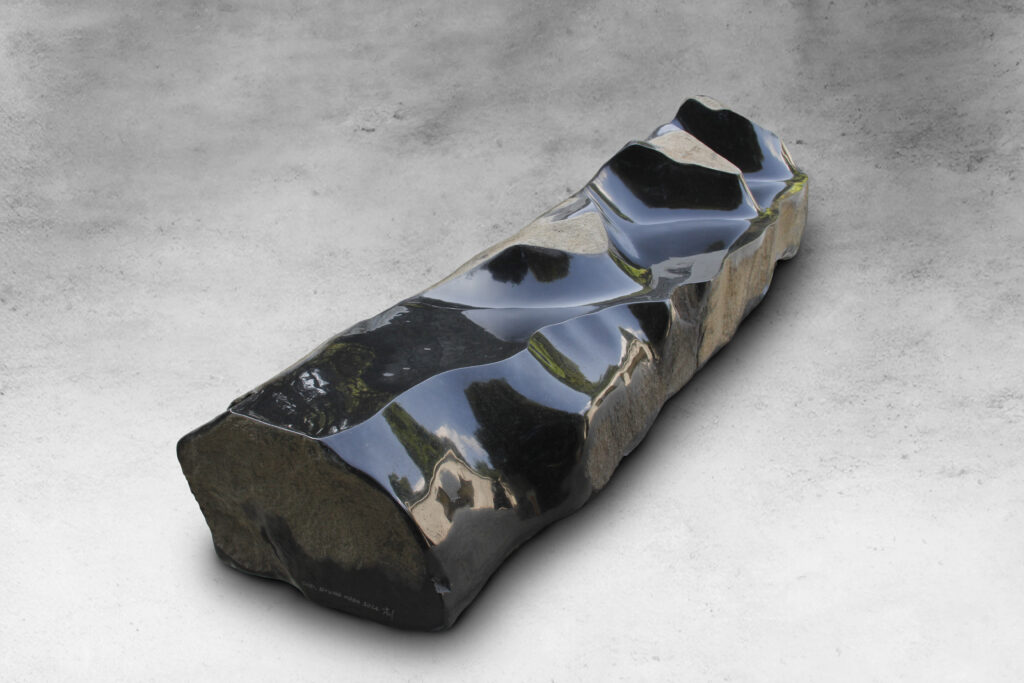


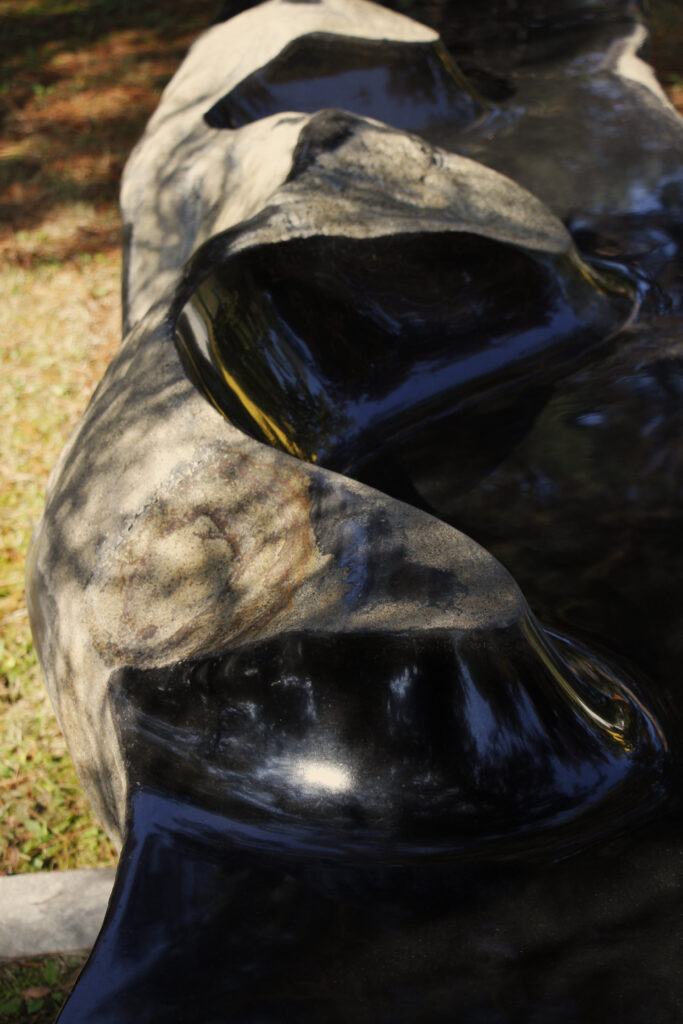
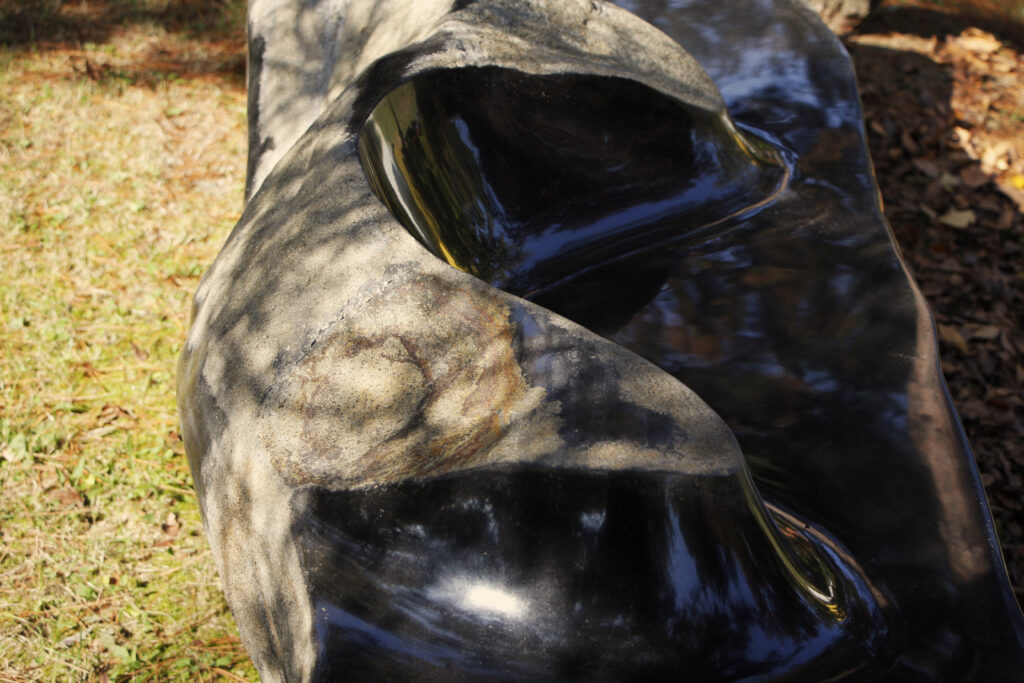
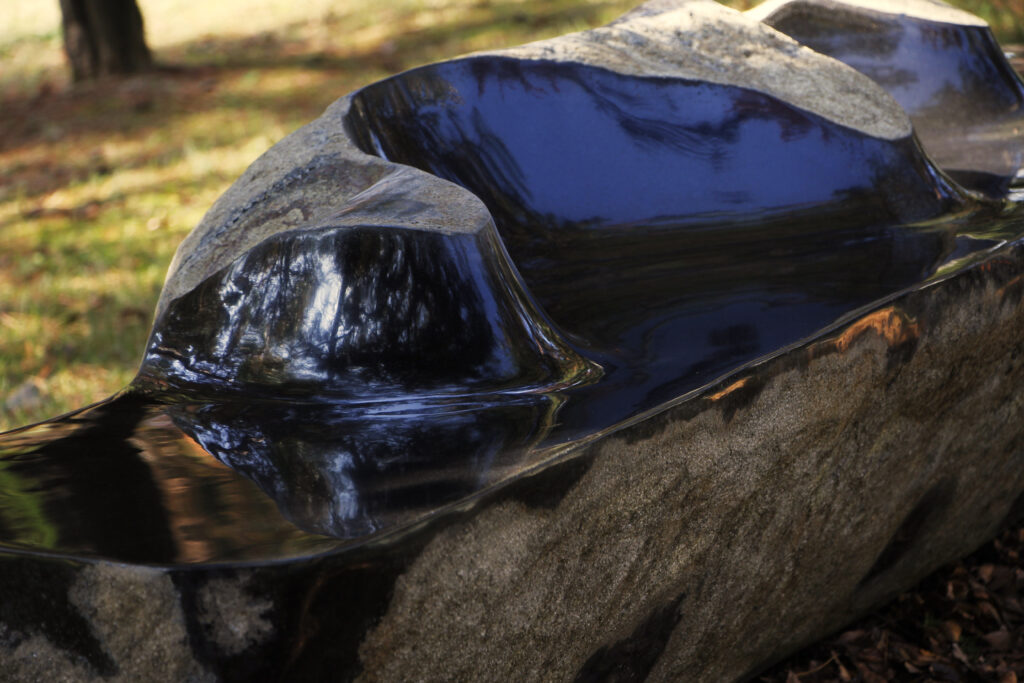
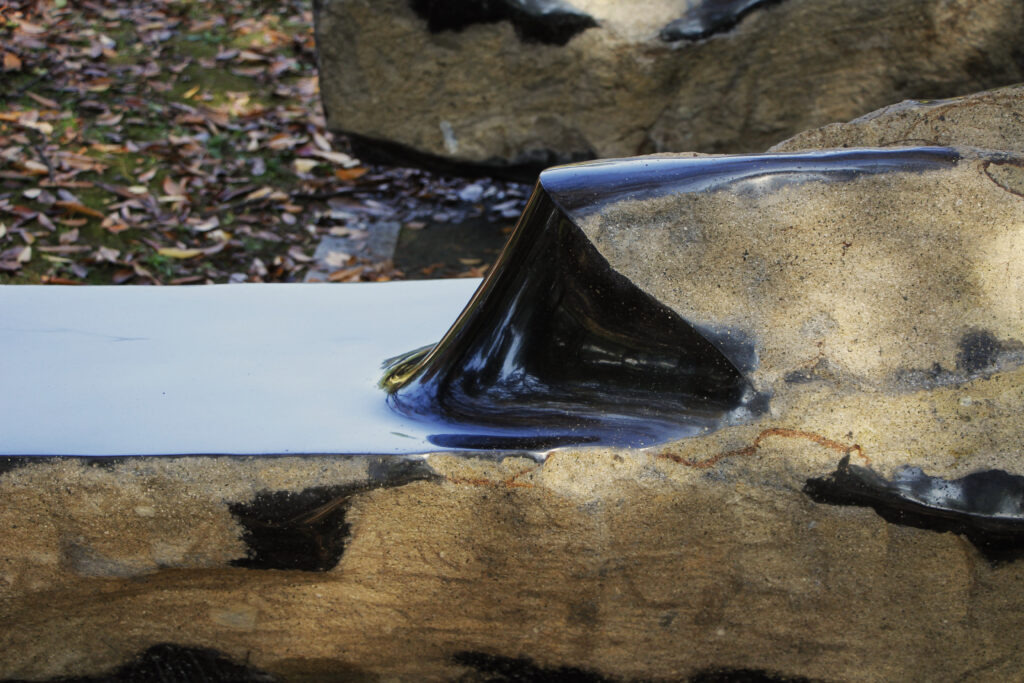
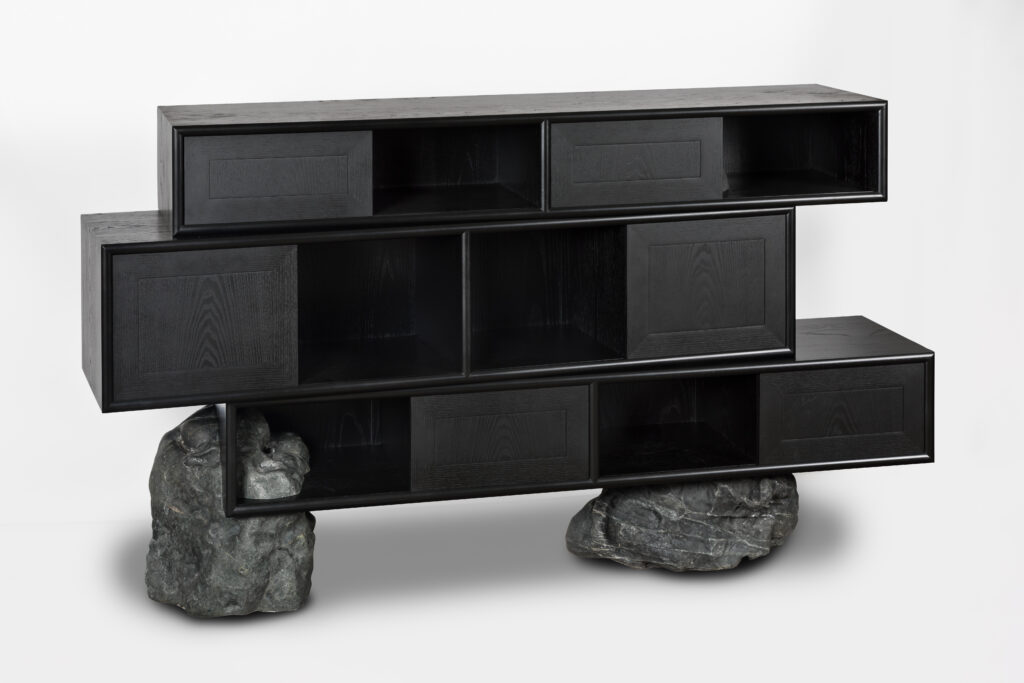

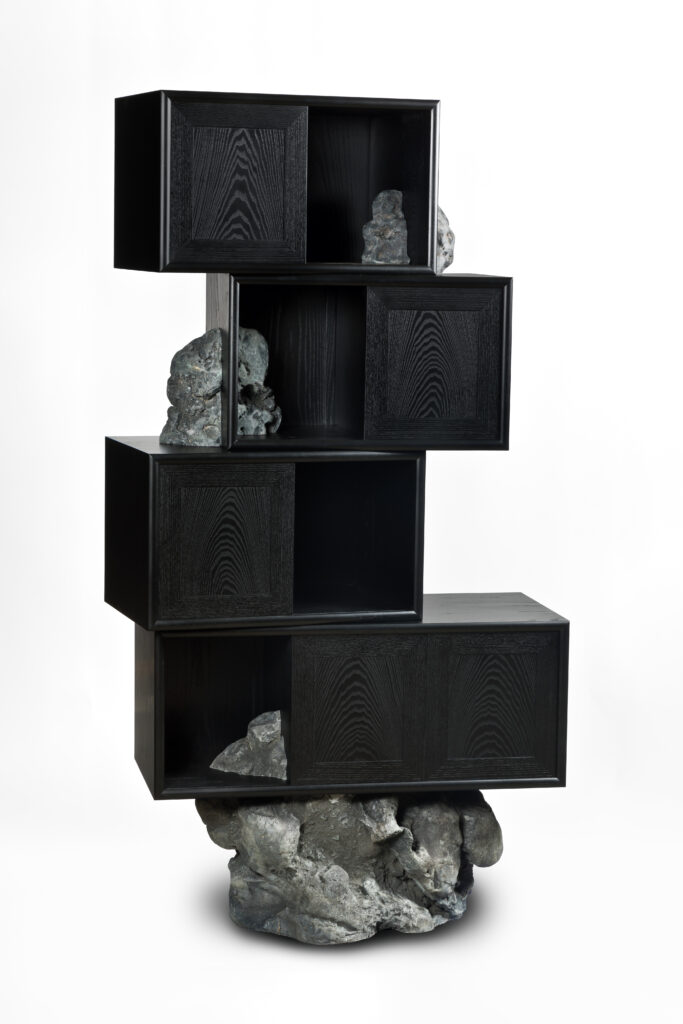
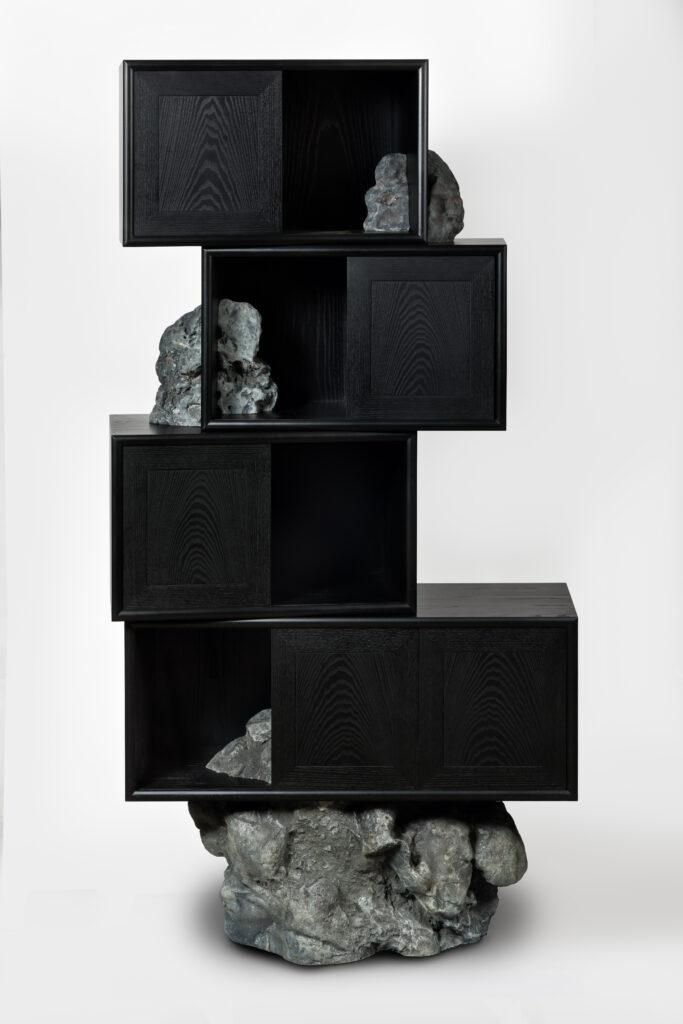

Very nice work – thank you for presenting this!